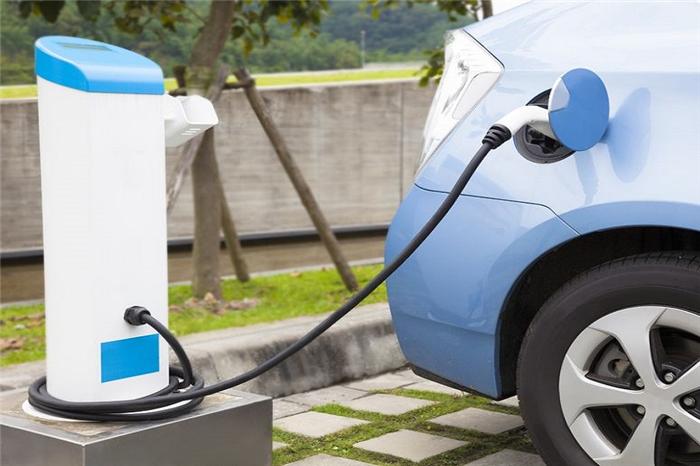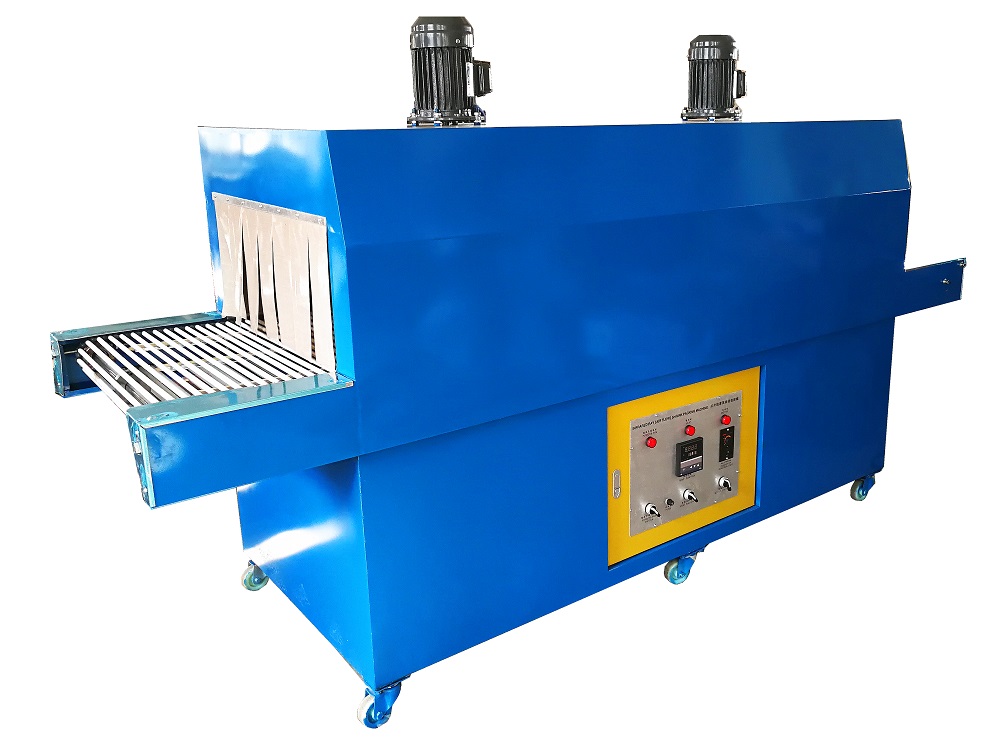Picture from "123rf.com.cn" In the past 2017, China's new energy automotive industry continues to be strongly promoted in accordance with nationally planned routes and production and marketing targets. Industry data released by China Automotive Industry Association shows that in 2017, the production and sales of new energy vehicles in China were close to 800,000, reaching 79.4 percent respectively. 10,000 vehicles and 777,000 vehicles were up 53.8% and 53.3% year-on-year, respectively. In 2017, the production and sales of new energy vehicles accounted for 2.7% of the overall automotive market. Looking back at 2017, the changes in the new double-credit policy and subsidy policy have been throughout the year, always squealing the nerves of every industry person. Smart cars and driverless vehicles have become the biggest focus of the auto industry. Various forums have been tirelessly discussed and discussed. The media reported lengthy reports that new construction forces are surging, all kinds of listing activities, strategic cooperation, and huge financing have come one after another. New ideas, new models, and new problems have emerged in an endless stream. The floods inevitably sway with the wind, and even blinding their eyes and mistakes for a while. Into the wrong direction, it is fortunate that the global trend of industrial change has been established, the pace of progress has begun to accelerate, the future prospects can be expected. Looking ahead to 2018, we analyze and forecast the development prospects of China's new energy automotive industry from the following eight aspects, and hope to provide a perspective and reference for new energy automotive practitioners and friends who pay attention to new energy vehicles. 1. In 2018, the production and sales of new energy vehicles will exceed one million units, and the new energy automobile industry will take shape, initially forming a relatively complete industrial chain. Starting from 2015, the production and sales volume of China's new energy vehicles has always reached new heights in the course of questioning, causing many people inside and outside the industry to lose sight, mainly because everyone has always had doubts about the Chinese government’s determination to develop new energy vehicles, and even put new ones in The analogy between energy automotive and photovoltaic industry is analyzed. In fact, the general trend of developing new energy vehicles has basically been established, and the wheel of history has begun to roll forward. Subsequently, we saw frequent policies, annual production and sales targets have been continuously broken, even if there was a “cheat incident†during the period, it did not shake the country’s determination to vigorously develop new energy vehicles. If the production and sales exceed 1 million in 2018, it will be a very symbolic event in China's new energy auto industry. It represents the scale that the new energy auto industrial chain can support from the scale of one million. 2. The initial success of the pure electric strategy, fuel cells, plug-in, and extension programs are expected to receive more attention If there are no accidents, there will be two major events in the industry in 2018. That is, the two leading companies in the new energy automobile industry chain, Ningde Times and Beiqi New Energy will successively land on A shares. The Chinese government has insisted on “pure electric†and “support†for many years. The "Strong, Strong, Strong" strategy has achieved initial success. After the industry leader docks the capital market, it will indicate that the industry has entered the knockout stage, and resources will be further concentrated on the dominant enterprises, which will be more conducive to the excellence of large enterprises. At the same time, the drawbacks of the purely electric technology route have also begun to fully manifest. The technical advantages of fuel cell, plug-in hybrids, and increment programs as technology supplements will receive more policy attention and support in certain application areas. 3. Charging facilities will enter a period of rapid growth driven by real and accurate market demand The problem of charging facilities with "chicken or eggs first" has been the focus of industry disputes in the past few years. With the continuous increase in the number of new energy vehicles, the problem of inadequate supply of charging infrastructure has become increasingly prominent, and the overall construction scale has lags behind. The data shows that as of the end of 2017, China's various types of charging piles have reached 450,000, and the ratio of car piles is about 3.8:1. There is still a big gap from the 1:1 national plan. Miao Wei, Minister of Industry and Information Technology recently publicly pointed out: "Charging infrastructure is still a short board for our development." If we look at the annual output of 2 million vehicles in 2020 and the inventory of 5 million vehicles, the demand for charging facilities in the next few years will be on the order of one million. After preliminary exploration, the effectiveness of charging facilities construction will be Greatly increased, the spring of charging facilities industry is approaching. 4. Prospects for shared vehicles are good, but business risks and operating pressures are gradually increasing. As a new service model to increase the efficiency of vehicle use and increase personal travel convenience, the future is promising for a long time. In the past few years, shared cars characterized by time-share leases have basically completed one round of adjustment and elimination. Independent operators relying on capital and explorers of travel services relying on vehicle companies are currently two major forces. With the continuous expansion of the scale of operations and the expansion of the operating area, the operating difficulty and operating pressures of shared vehicles are increasing, and companies are forced to practice content, innovative models, and explore solutions. 5, low-speed electric vehicle is coming soon, the market continues to grow wildly Low-speed electric vehicles have the strength to replace the same level of fuel vehicles, but lack of technical standards and standardized management, have been subject to suppression, brutal growth. With the support of subsidy policies, the pure electric A0 and A00 class markets have brought a certain impact on the low-speed car market by bringing low prices and licensing advantages. A large number of low-speed car users have been harvested and the market sales are the most popular. In 2018, the new subsidy policy adjustment, the mandatory upgrade of cruising mileage, will significantly increase the cost of vehicles. It is expected that some models that rely too heavily on subsidies will withdraw from this market. Subsidies and low-speed electric vehicles that do not need to be on the cards are expected to come back again. Regaining lost ground is expected to usher in a new round of rapid growth in the third and fourth tier cities where traffic management policies are relatively relaxed. 6. Taxi and electric logistics vehicles are expected to become the hot spots for the next round of urban electrification The electrification of public transport has been carried out for many years. The effective market for new energy buses is already approaching saturation. Taxi and logistics vehicles are expected to usher in a new round of electrification, as a field of government procurement and urban traffic control. Driven by more and more demonstration cities, urban electrification will take the lead in these two areas. Among them, electric logistics vehicles are very large in terms of scale of operations and their ability to drive the industry. 7. Channel model innovation enters the peak period, various explorations are endless New energy vehicles have their own new genes from birth. Exploration of new models has never stopped, direct operation, distribution, and operation. Various sales promotion models are emerging one after another. It is too early to judge and conclude. Users in the first-tier and second-tier markets are more concentrated and generally have experience in car purchase. The model of direct experience stores is adopted, which can greatly enhance the user experience. At the same time, the direct-operated stores are built in areas where users are concentrated, and they are more conducive to reaching target customers and products. And the spread of the brand. Users in third- and fourth-tier cities are relatively dispersed, and many first-time car purchases, traditional 4S shop model may be easier to obtain the trust of users, through the dealer service customers will be more economical and effective. Vehicle and charging facilities operators provide vehicles or charging services to potential customers. By the way, many companies are exploring and practicing the mode of selling vehicles by the way. In the initial stage, they mainly serve large customer purchases, and the effectiveness of individual car purchase behavior needs to continue. explore. 8, new energy used car circulation, power battery recycling will become hot Since 2014, new energy vehicles have begun to enter the market in large quantities. In the early days, due to immature vehicle technology, poor product design, and lack of stable quality, they have begun to appear idle and unable to meet demand for use, and power batteries have started to decommission in batches. The processing of batteries and batteries will be put on the agenda. Otherwise, in the future, huge idle resources will be formed and become a “barrier lake†for industrial development. 2018 should be a good opportunity to enter this field.
Shrink
packing machine applications
Widely used in packaging such as glass bottles, plastic foam,
paper boxes, toys, electronics, electrical appliances, stationery, books,
music, hardware tools, daily necessities, medicine, cosmetics, beverage, fruit,
label items s. The heat wrapped products would be much better good looking and
more attractive, and good for displaying. Besides it `s moisture proof, dust
free, also it enable prevent pollution, and protect the goods from external
shocks, especially for fragile goods. In addition, can reduce product are
demolished, and the possibility of theft.
Shrink
packing machine features
1. Using roller
conveyor, roller outsourcing high temperature silicone tube, can freely rotate
each, or you can use Teflon or stainless steel mesh conveyor belt conveyor.
2. There is uniform temperature inside the furnace, applicable to
shrink PE, PVC, POF shrink film and other various materials.
3. The furnace insulation liner to form a hot air
circulation, for different packaging materials packaging needs, adjust the
speed of the conveyor belt in order to achieve optimal contraction effect.
4. Have hot air rational allocation, low power capability and
ideal even shrink effect.
5. Stainless steel pipe flow conveying (high temperature
casing (coat)), to prevent the film sticky, allows the machine more durable.
6. mported motor and available speed control system allows
long time continuous packing.
7. Within 0-300 degree range, the temperature adjust freely.
Shrink Packing Machine Shrink Packing Machine,Shrink Machine,Shrink Wrap Machine,Automatic Shrink Wrapping Machine ShenZhen Hengxing Machinery Factory , http://www.szchxjx.com
![]()
![]()
![]()

2018, China's eight new energy automotive industry development prospects
Core Tip: Looking to 2018, this article analyzes and forecasts the development prospects of China's new energy automotive industry from eight aspects, and hopes to provide a perspective and reference for new energy automotive practitioners and friends concerned about new energy vehicles.